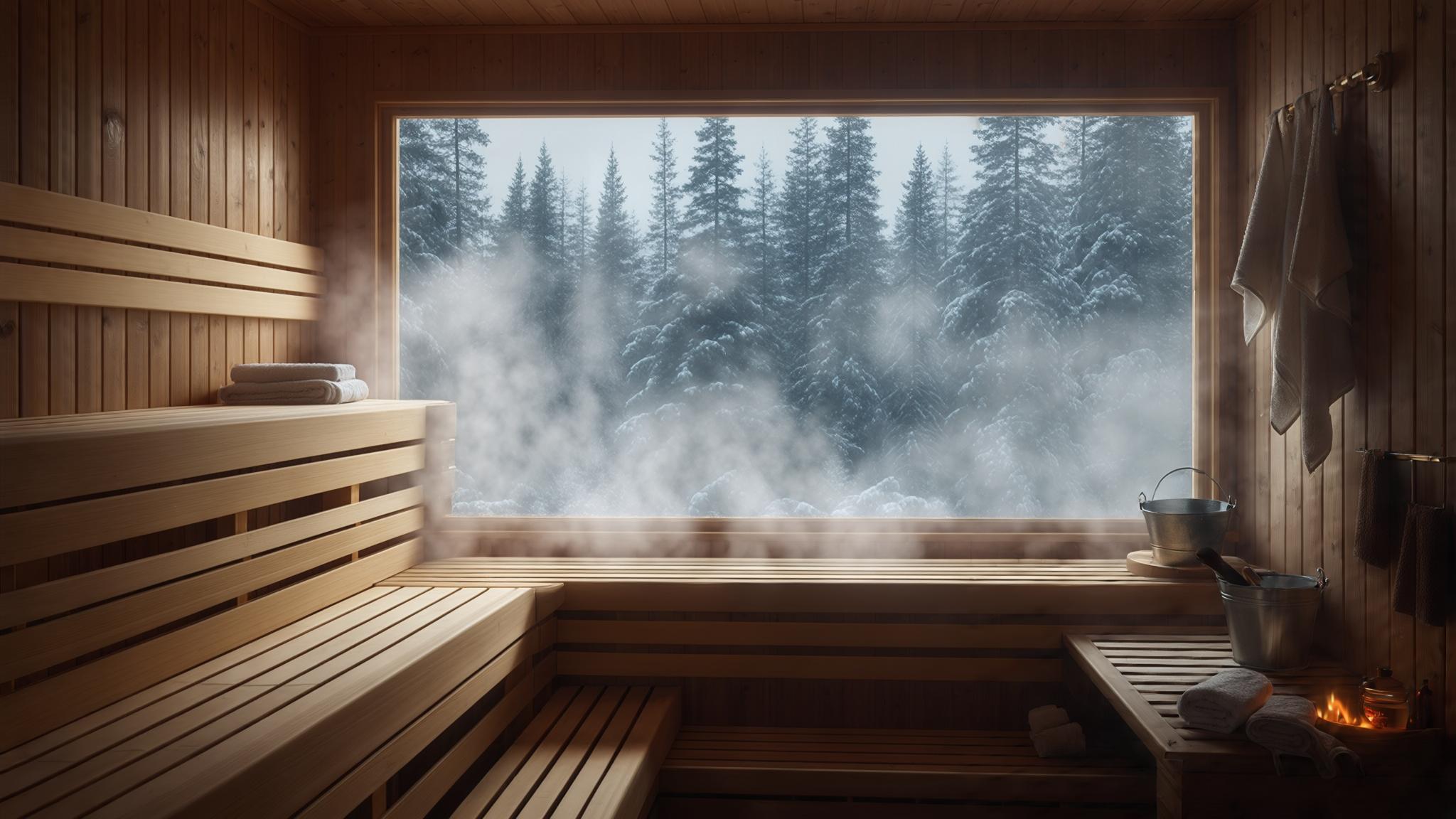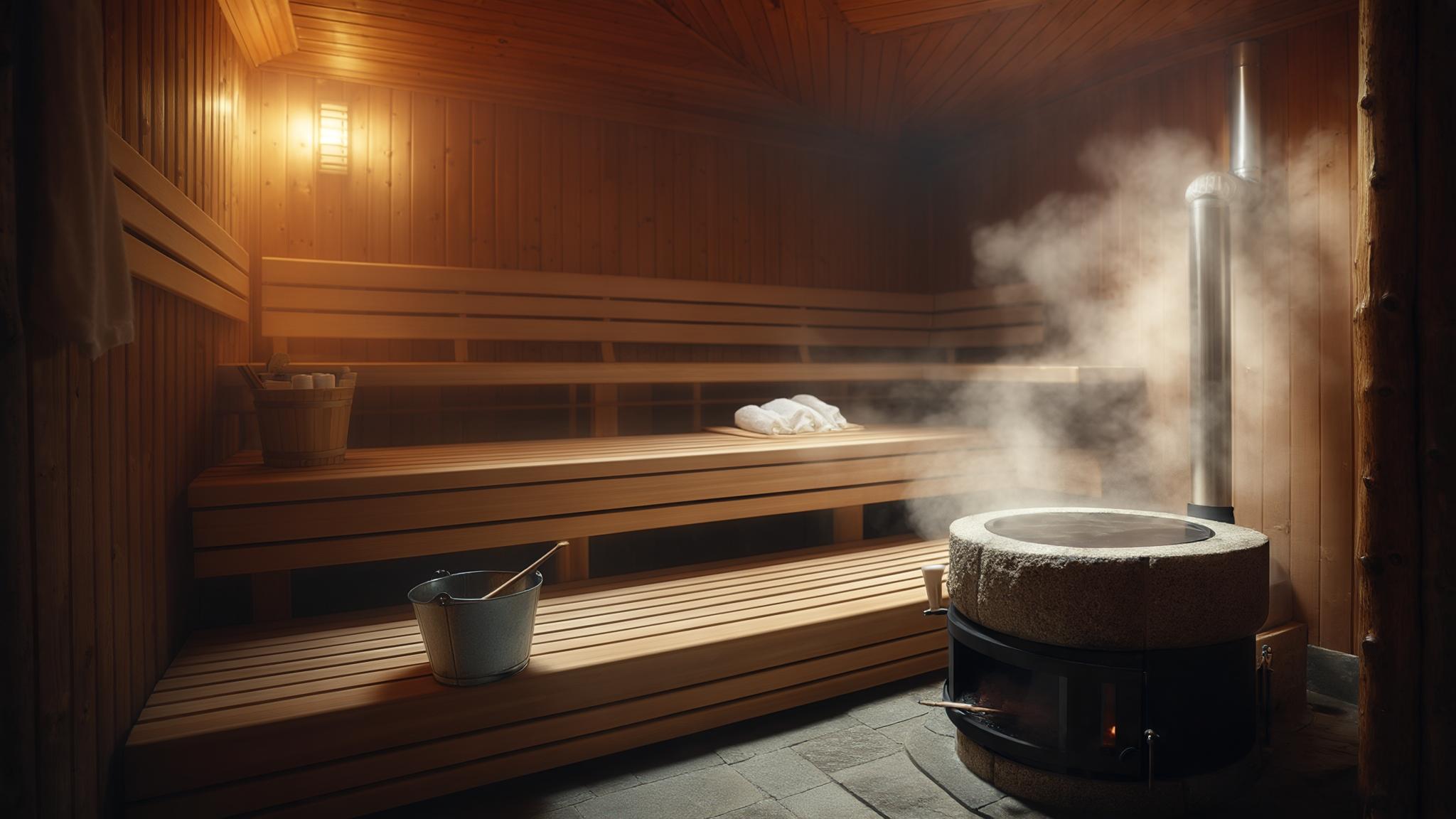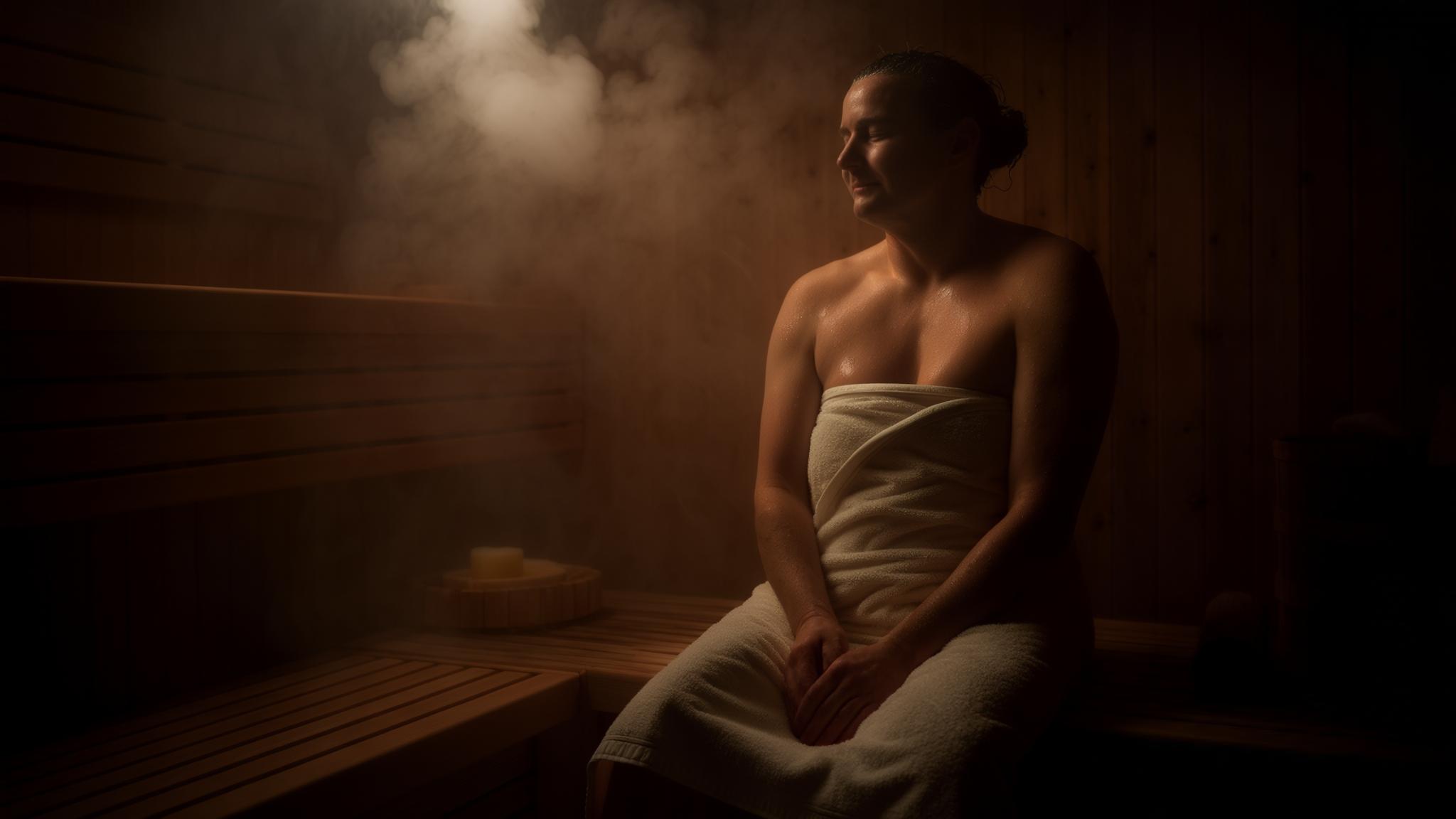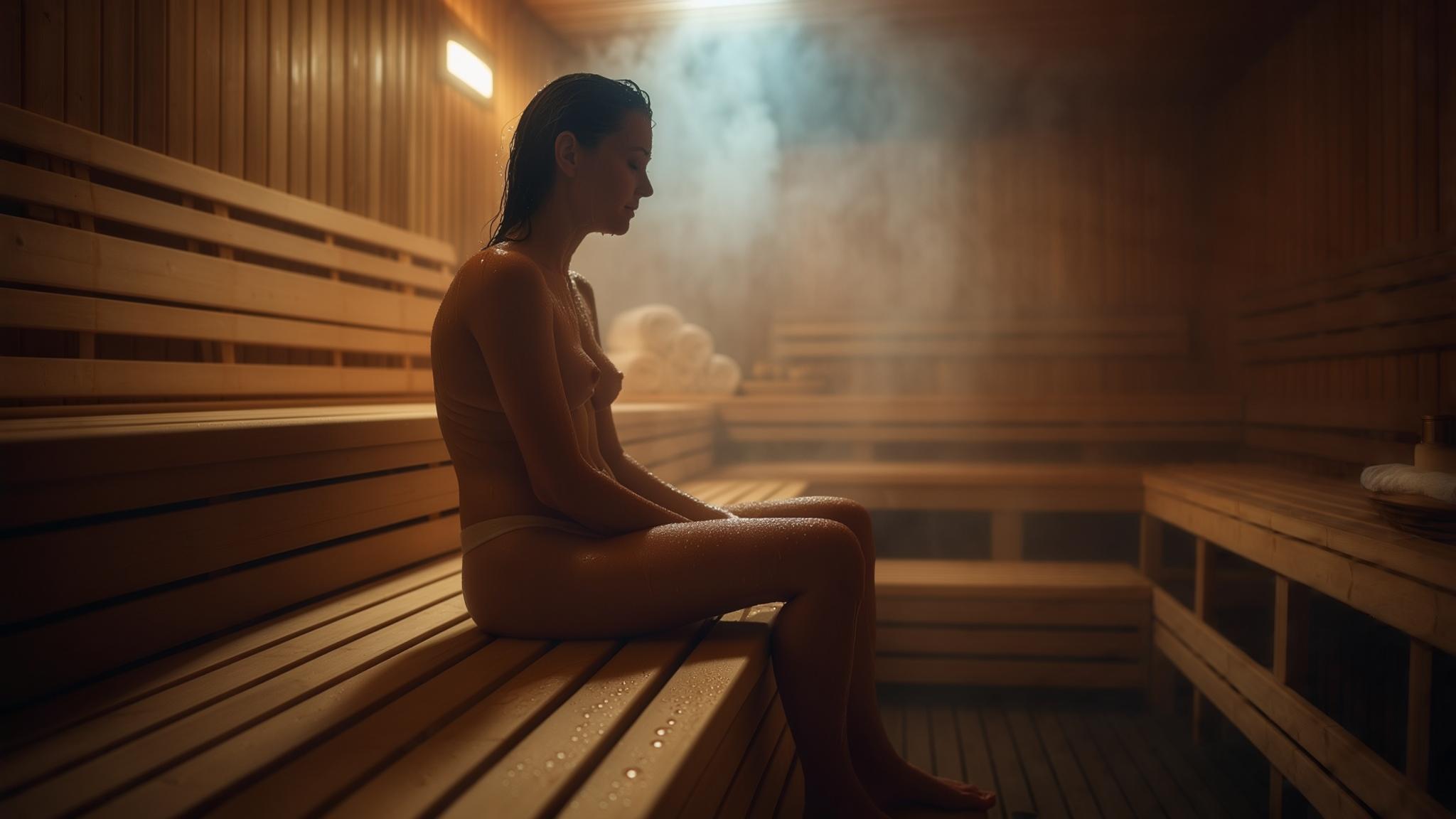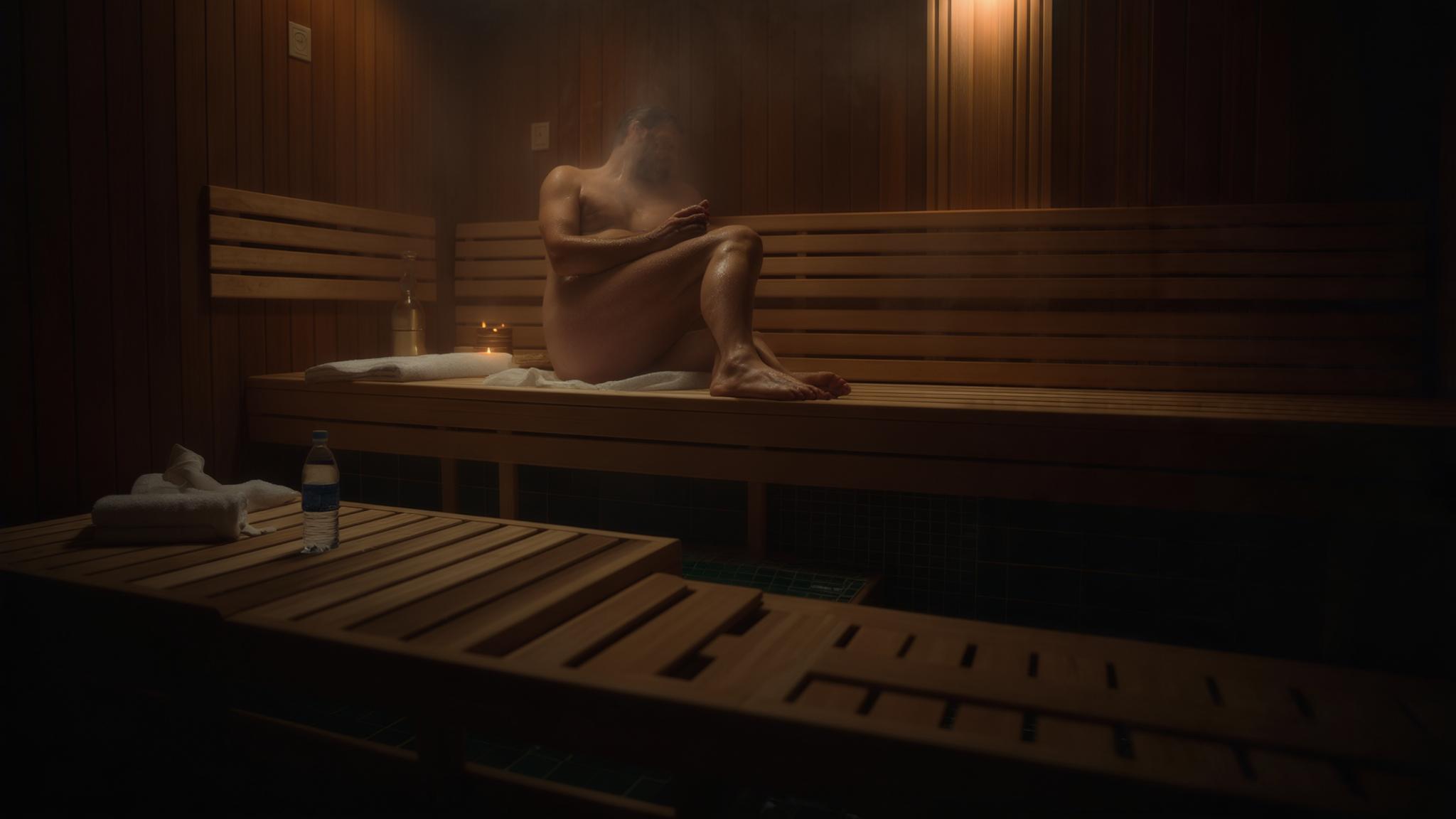Most adults experience an average of 2 to 3 colds per year according to the U.S. Centers for Disease Control, making effective recovery strategies essential for maintaining our busy lives. Last winter, I was desperate. I’d been sick for a week, felt absolutely terrible, and my friend suggested something that sounded completely insane – sitting in a blazing hot sauna when I already felt like I’d been hit by a truck.
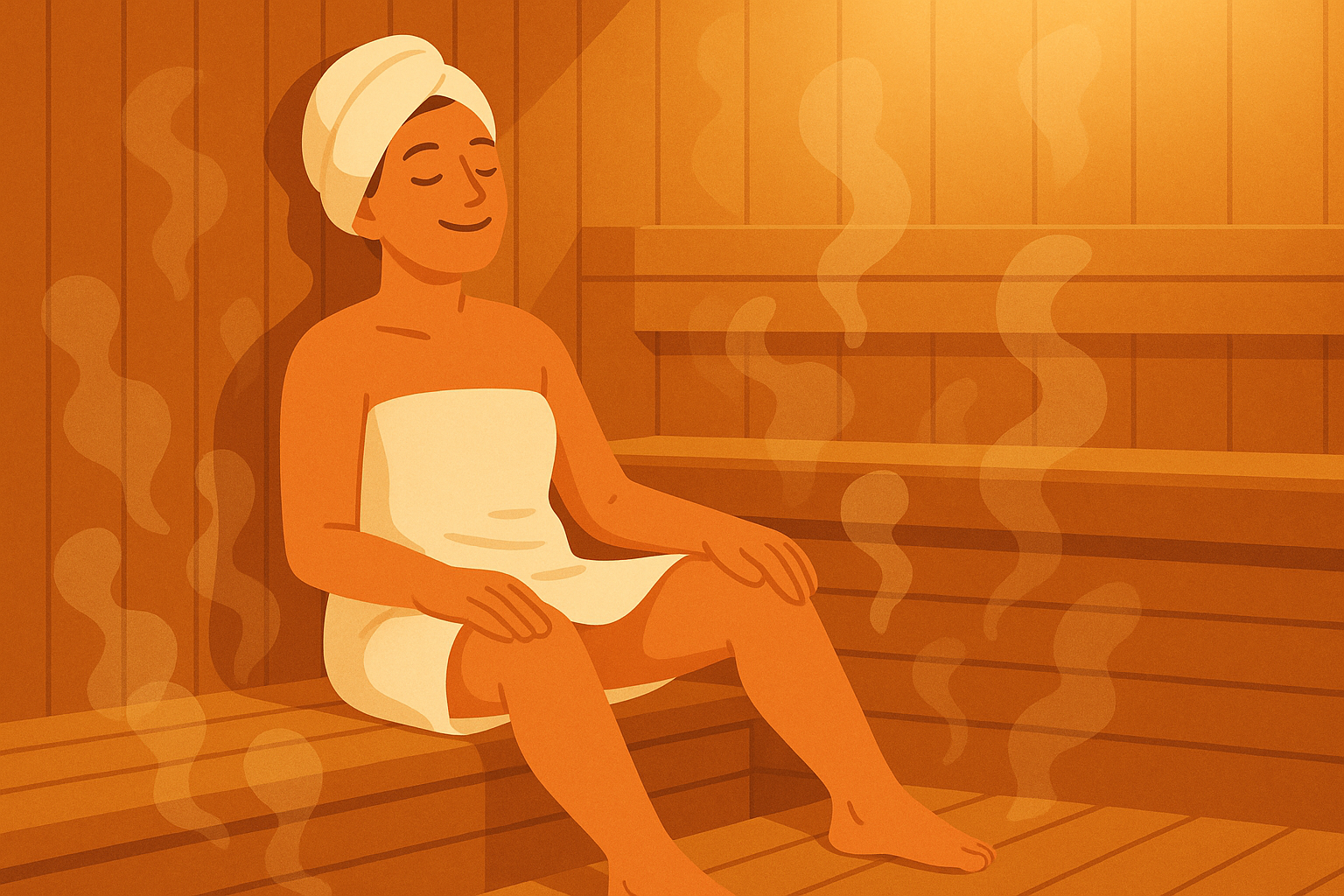
Table of Contents
- When Heat Actually Helps Your Cold (Not What You’d Expect)
- The Times You Should Never Touch a Sauna While Sick
- What I Actually Did (And What You Should Probably Do Too)
- Why Your Body Clock Matters More Than You Think
- How HETKI Sauna Makes Cold Recovery Safer and More Effective
- Final Thoughts
TL;DR
- Saunas can help you get over a cold faster by boosting your immune system and clearing out congestion – but timing is everything
- Never use a sauna if you have a fever above 99.5°F or you’re already dehydrated
- Different stages of being sick need different approaches: go easy at the start, focus on comfort when you feel worst, and gradually build back up during recovery
- Evening sauna sessions help you sleep better, which is huge for getting better
- Infrared saunas are gentler and often easier to handle when you’re already miserable
- Drink lots of water with electrolytes before any sauna session while sick – this isn’t optional
When Heat Actually Helps Your Cold (Not What You’d Expect)
Here’s the thing – most people think heat and fever don’t mix, but I discovered that controlled sauna heat can actually work with your body instead of against it. I’ll be honest, when my friend first suggested this, I thought he’d lost his mind. But the science behind why strategic heat can boost your immune system, clear out congestion, and help you sleep better actually makes sense.
The question “is sauna good for cold” recovery turned out to be way more complicated than I expected. After diving into the research and testing it myself (sometimes painfully), I learned that controlled heat triggers good responses that are similar to your body’s natural fever – without feeling like you’re dying.
Your Immune System’s Secret Heat Response
When you expose yourself to controlled heat during a cold, you’re basically giving your immune system a workout. The heat triggers the same helpful responses as a natural fever – more white blood cells, better virus-fighting ability, and activation of proteins that repair damage from the infection.
Understanding how heat therapy helps becomes clearer when you explore how consistent sauna practice contributes to overall wellness and immune system support.
How I Learned to Create a “Safe Fever”
Strategic temperature increases through 15-20 minute sauna sessions at 160-180°F stimulate something called heat shock proteins. Think of these as your body’s repair crew – they fix damaged stuff and make your immune system work better during infections. Research shows that taking a sauna once a day can help flush toxins out of your system faster, getting you back on your feet quicker.
I was skeptical as hell at first. The idea of adding more heat when I already felt terrible seemed like torture. But after my first controlled session at 165°F for just 15 minutes, something remarkable happened – I had more energy than I’d had in days.
The Inflammation Thing I Wish I’d Known Sooner
Regular sauna use during recovery helps your body handle inflammation better. It reduces the bad inflammatory stuff while increasing the good stuff that helps you heal without making you feel worse. This balance is key to getting better faster without the misery.
Why Your Body’s Cleanup System Loves Sauna Heat
The heat opens up your blood vessels and gets your circulation going, which helps your body’s cleanup system work faster at clearing out viral junk from your tissues. It’s like giving your body’s janitors a turbo boost, and I could actually feel how much faster my congestion cleared.
The Breathing Relief I Never Expected
Humid heat creates perfect conditions for loosening that stubborn mucus while potentially making your nose and throat a less comfortable place for viruses to hang out. The sustained heat can make your respiratory system hostile territory for viral reproduction.
Do saunas help with colds? The breathing benefits alone convinced me they do. The combination of heat and humidity works wonders for breaking up that awful congestion that makes you feel like you’re breathing through a straw.
Steam That Actually Works
The combination of dry heat and controlled humidity in saunas helps thin out mucus, making it easier to get rid of. At the same time, the heat creates conditions that viruses apparently hate in your respiratory tract.
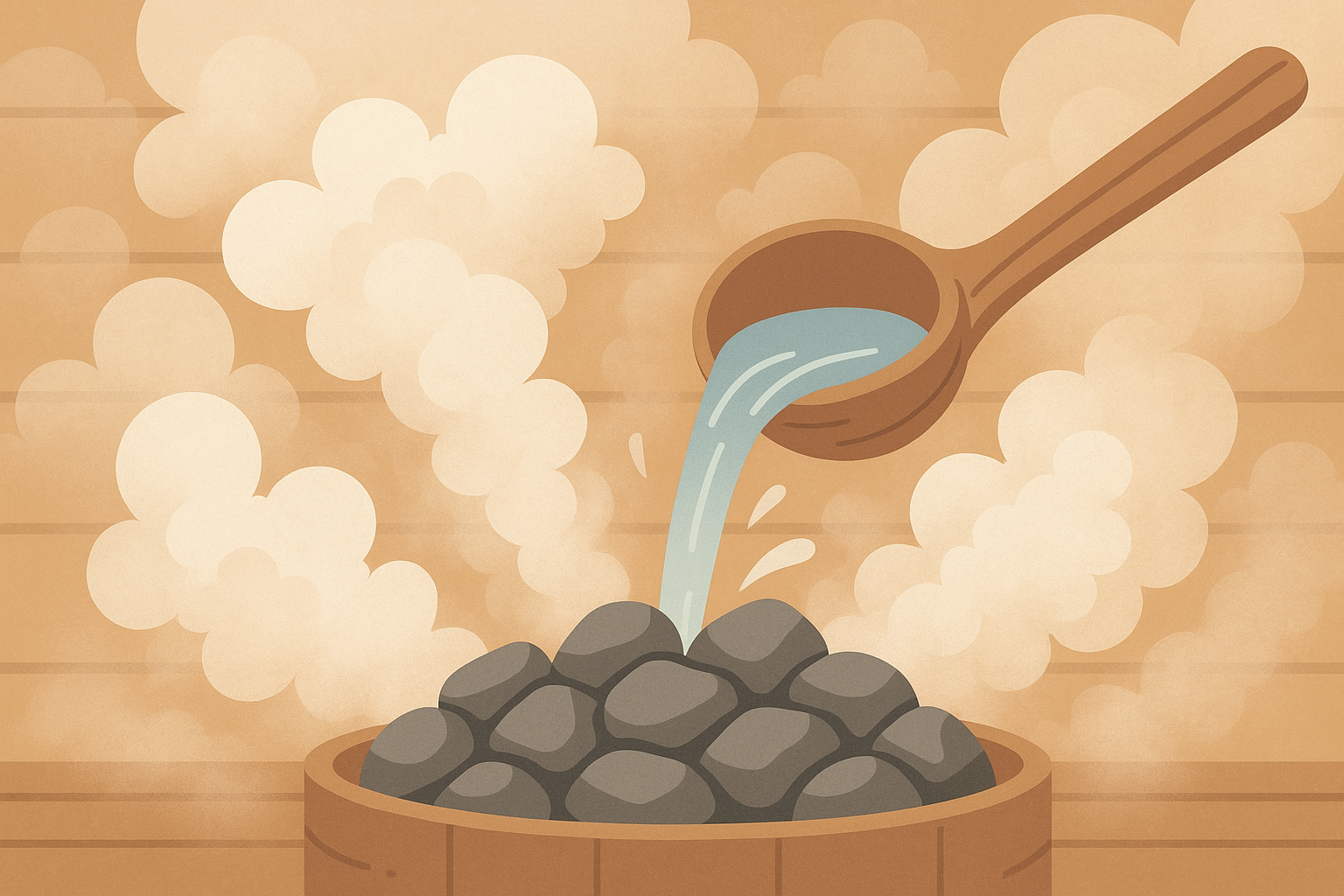
When I had my last cold, I spent 15 minutes in a traditional sauna at 150°F, pouring water on the rocks every few minutes to create steam. By the end of the session, I could breathe clearly through my nose for the first time in days, and the congestion didn’t come back for hours.
How Saunas Fixed My Terrible Cold Sleep
Cold symptoms absolutely destroy your sleep, but strategic sauna timing can help reset your sleep patterns through temperature regulation and stress hormone management. Better sleep means faster recovery – it really is that simple.
The connection between regular sauna use and better sleep is well-documented, which is why year-round sauna practice becomes so valuable for staying consistently healthy.
The Evening Sauna Trick for Actually Sleeping
Evening sauna sessions 2-3 hours before bedtime trigger a natural temperature drop afterward that tells your body to release melatonin. This promotes deeper, more restorative sleep that’s crucial for immune recovery. I started sleeping through the night again within days.
Stress Hormones Were Sabotaging My Recovery
Regular sauna use during recovery helps normalize messed-up cortisol patterns that happen when you’re sick. This prevents stress hormones from suppressing your immune system, which can actually make your cold drag on longer.
The Times You Should Never Touch a Sauna While Sick
Look, understanding when sauna therapy becomes dangerous requires recognizing specific warning signs that mean your body can’t handle more heat stress. I learned this the hard way and want to save you from making the same stupid mistakes I did.
Being sick doesn’t automatically mean you can’t use a sauna, but certain conditions absolutely do. Knowing when to say no to that sauna session could prevent a minor cold from becoming a major health crisis.
The Fever Rule That Could Save You
Active fever creates unique problems for sauna therapy. Adding more heat can overwhelm your body’s already-taxed temperature control systems and potentially make symptoms worse or even become dangerous. There’s a clear line you shouldn’t cross.
Temperature Monitoring That Actually Matters
Keep your body temperature below 99.5°F before any sauna session. I monitor continuously during and after sessions to make sure I stay within safe limits. A simple thermometer can prevent a trip to the emergency room.
Here’s my simple rule:
- Below 99°F: You’re probably fine to proceed
- 99-99.5°F: Cut your session time in half
- Above 99.5°F: Stay out of the sauna completely
- Above 101°F: Go see a doctor
Dehydration Signs I Almost Ignored
Dehydration commonly happens with cold symptoms, and sauna-induced fluid loss can make this dangerous. Careful pre-assessment and hydration aren’t optional – they’re essential for not ending up in trouble.
I made this mistake once – entering a sauna when I was already dehydrated from my cold. The dizziness hit me within minutes, and I had to stumble out. That experience taught me to take hydration seriously.
The Electrolyte Strategy That Saved My Recovery
Pre-sauna hydration must include electrolyte replacement (sodium, potassium, magnesium) to prevent dangerous imbalances during increased sweating while fighting infection. Plain water isn’t enough when you’re already compromised.
Urine Color: Your Best Early Warning System
Dark yellow urine or not peeing much indicates you’re not hydrated enough and absolutely means you should stay out of the sauna until you fix your fluid balance. This simple check can prevent serious complications.
My Pre-Sauna Safety Checklist:
- Body temperature below 99.5°F
- Light yellow or clear urine color
- No dizziness or lightheadedness
- Drank plenty of fluids in the past 2 hours
- Had electrolytes within the last hour
- Not feeling excessively tired or weak
What I Actually Did (And What You Should Probably Do Too)
Optimizing sauna therapy for cold recovery requires precise timing, duration, and temperature approaches that work with your body’s natural healing processes. I’ve refined this approach through trial, error, and careful attention to what actually works versus what just sounds good.
The question “is a sauna good for a cold” depends entirely on how you approach it. Random sauna sessions won’t help much, but a structured approach can dramatically speed up your recovery.
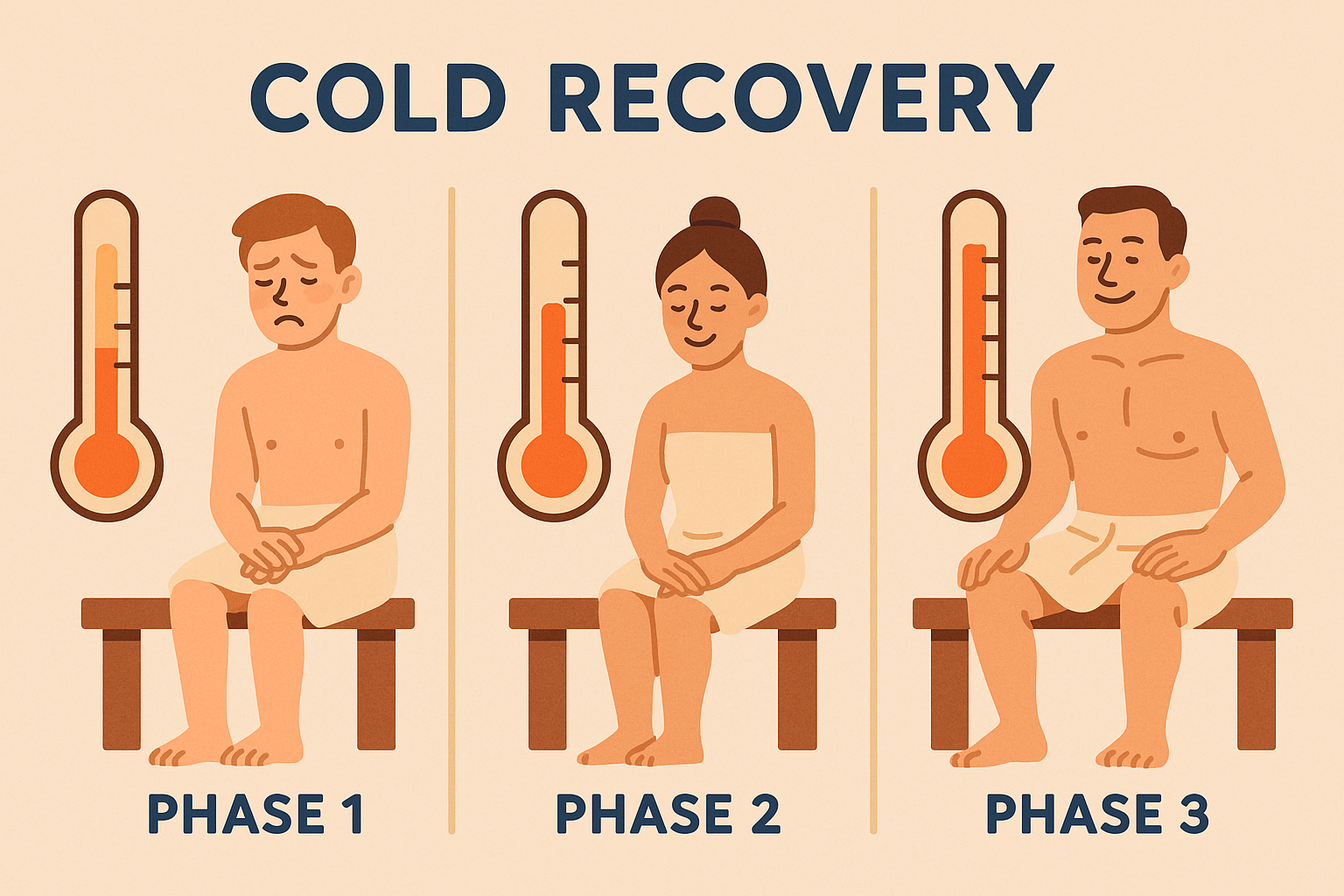
The Three-Phase Approach I Wish I’d Known Earlier
Different phases of being sick require different sauna approaches to get the most benefit while not overwhelming your already-working immune system. One-size-fits-all approaches don’t work when you’re miserable.
Days 1-2: Go Easy on Yourself
During the first day or two of cold symptoms, brief 10-15 minute sessions at moderate temperatures (140-160°F) can boost your immune response without overwhelming systems that are already activated. Less is definitely more during this critical window.
I learned this lesson after pushing too hard during my first attempt at sauna therapy while sick. Going easy during the early stages sets you up for better results later.
Days 3-5: Comfort Over Everything
During peak illness, sauna therapy should focus on making you feel less terrible through respiratory support. I use lower temperatures (120-140°F) with higher humidity for comfort rather than trying to stimulate my immune system more.
This phase is all about making yourself feel human again. The relationship between saunas and colds becomes most obvious here – the heat provides genuine relief from congestion and body aches without beating up your system.
Recovery Phase: Building Back Slowly
As symptoms fade, I gradually increase session intensity to help restore full immune function and energy levels while preventing relapse through controlled stress adaptation. Patience during this phase prevents setbacks.
During my recovery phase, I started with 10-minute sessions at 140°F and gradually worked up to 20-minute sessions at 170°F over the course of a week. This slow approach helped me regain my energy without any symptom rebounds.
Why I Switched to Infrared Saunas During Recovery
Infrared sauna technology offers unique benefits during cold recovery through deeper tissue penetration and lower ambient temperatures that reduce stress on your heart while maintaining therapeutic effects. The gentler approach made all the difference.
Is an infrared sauna good for a cold? In my experience, absolutely. The lower temperatures make sessions way more tolerable when you’re already feeling rough, while still giving you the therapeutic benefits you need.
Cellular Energy That I Could Actually Feel
Near-infrared wavelengths penetrate tissues to stimulate cellular function, potentially speeding up cellular repair processes and energy production during recovery. I noticed increased energy levels within days.
Breathing Easier in Lower Temperatures
Lower ambient temperatures in infrared saunas (120-140°F versus 160-190°F in traditional saunas) reduce potential respiratory irritation while maintaining beneficial heat shock protein activation. My congested sinuses definitely appreciated this.
For those considering traditional versus modern approaches, understanding the characteristics of traditional Finnish saunas helps inform the best choice for recovery approaches.
Longer Sessions Without Feeling Overwhelmed
The gentler heat delivery allows for longer therapeutic sessions (20-30 minutes) without overwhelming compromised cardiovascular systems, maximizing cumulative benefits without the stress.
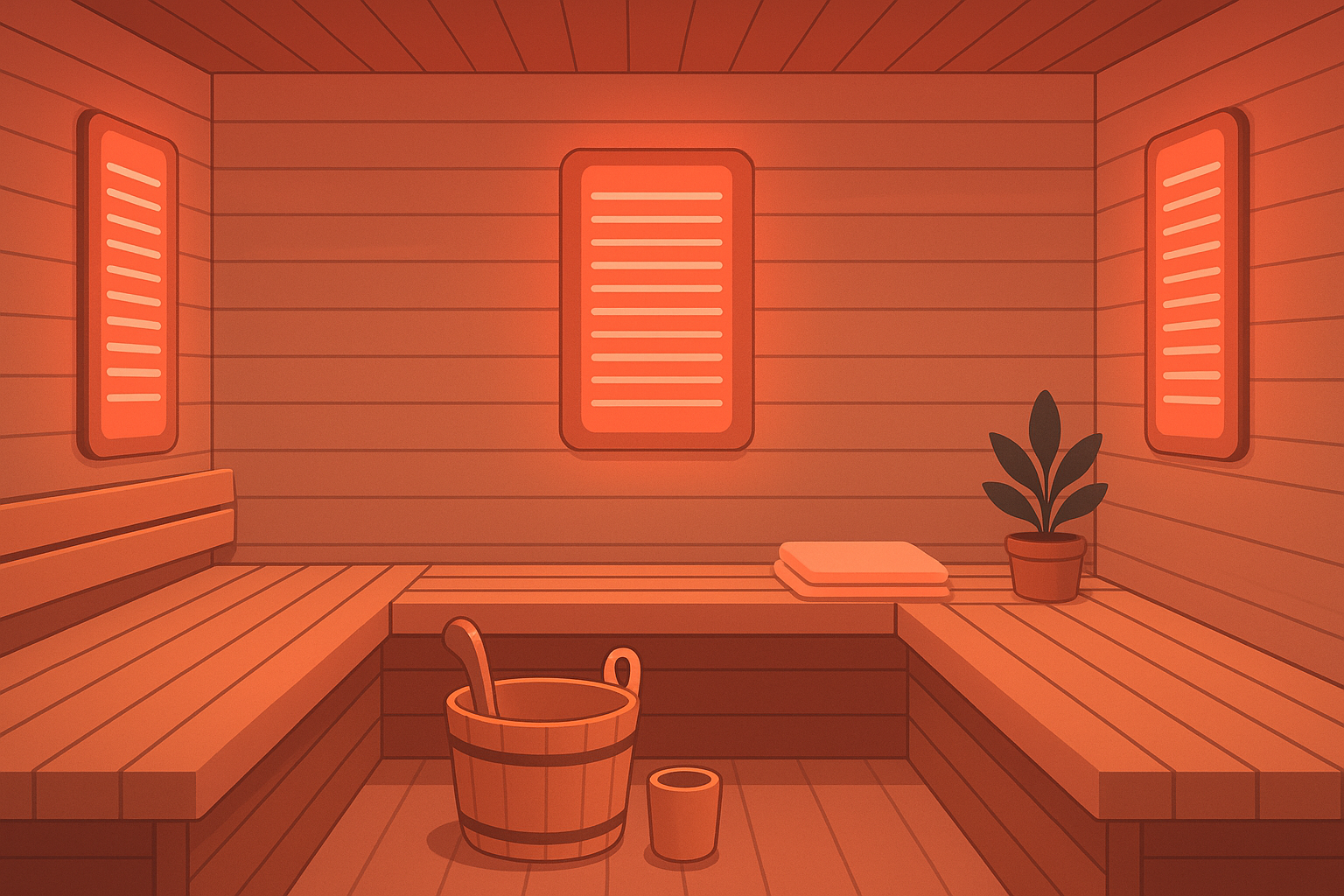
Why Your Body Clock Matters More Than You Think
Cold recovery happens most efficiently when sauna therapy aligns with your body’s natural rhythms. Creating windows of optimal therapeutic intervention maximizes healing while minimizing disruption to your already-stressed system.
Is it good to sauna when sick? The answer depends heavily on timing. Your body operates on predictable cycles, and working with these rhythms rather than against them can make the difference between quick recovery and dragging illness.
Working With Your Natural Stress Hormone Cycles
Timing sauna sessions to complement natural cortisol fluctuations can enhance immune function while preventing the immune-suppressing effects of disrupted stress hormone patterns during illness. Your body has a schedule – work with it, not against it.
Here’s what I learned about timing:
- 6-8 AM (Peak cortisol): Immune activation – 15-20 minutes
- 12-2 PM (Moderate cortisol): Midday energy boost – 10-15 minutes
- 2-4 PM (Low cortisol): Energy restoration – 15-20 minutes
- 6-8 PM (Declining cortisol): Sleep preparation – 20-25 minutes
Morning Sessions: Starting Strong
Early morning sauna sessions (6-8 AM) coincide with natural cort
Early morning sauna sessions (6-8 AM) coincide with natural cortisol peaks, amplifying your body’s awakening immune response and setting a strong foundation for daily viral resistance. I found this timing gave me energy for the entire day.
Afternoon Energy Rescue
Mid-afternoon sessions (2-4 PM) counteract the natural energy dip while supporting your body’s secondary immune activation period. This timing is particularly beneficial for maintaining consistent antiviral activity throughout the day.
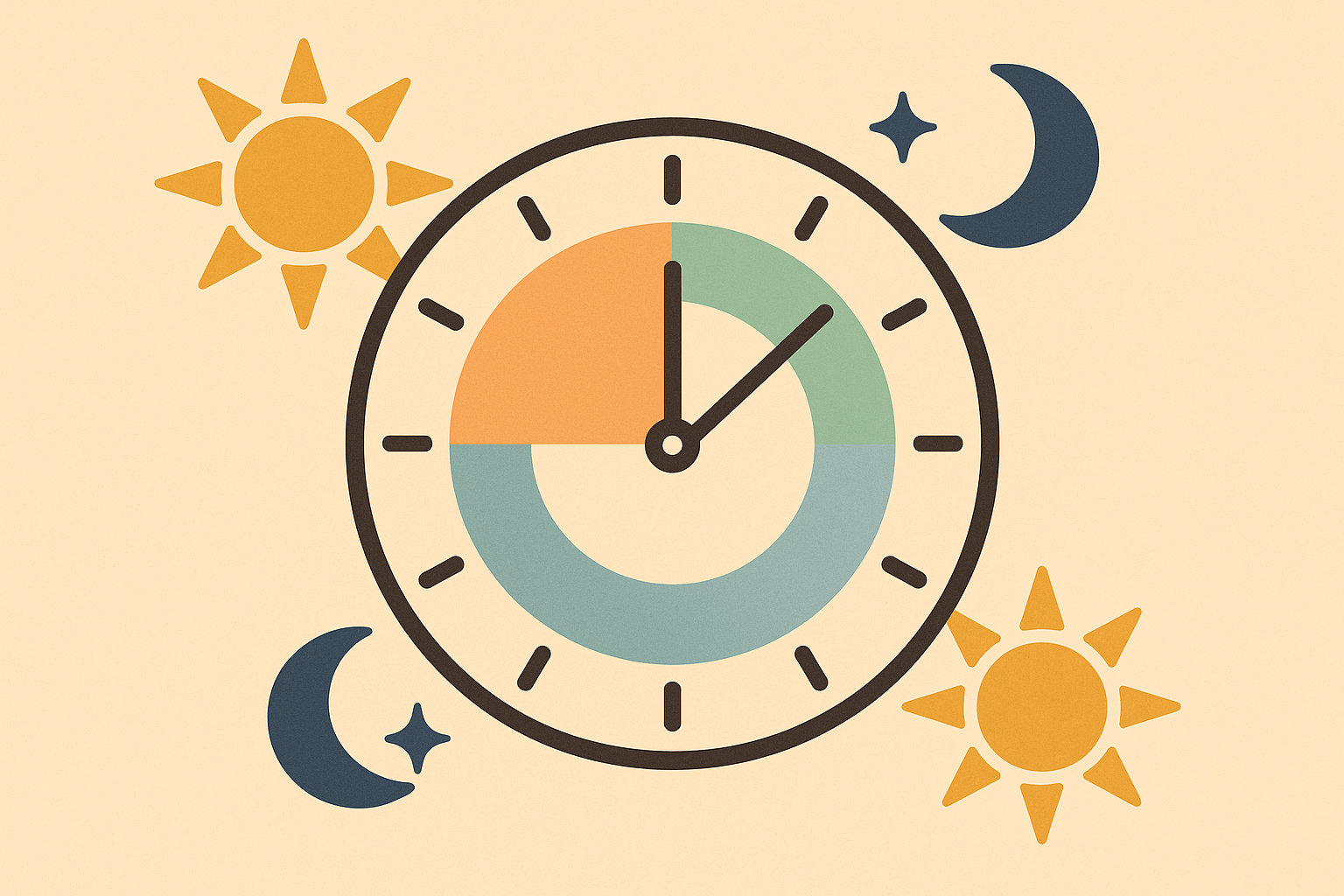
Sleep Architecture: The Recovery Foundation
Cold symptoms destroy sleep quality, and strategic sauna timing can restore proper sleep patterns essential for immune system regeneration and memory consolidation of immune responses. Quality sleep isn’t negotiable during recovery.
Is a sauna good for a cold when it comes to sleep? Absolutely. The temperature regulation effects of evening sauna sessions can restore normal sleep patterns that cold symptoms typically wreck.
REM Sleep: Where Immune Memory Forms
Evening sauna sessions trigger temperature regulation mechanisms that promote longer, deeper REM sleep phases where immune memory formation and viral clearance processes are most active. This is when your body learns to fight better.
Deep Sleep: Your Body’s Repair Shop
The post-sauna temperature drop stimulates growth hormone release during slow-wave sleep, accelerating tissue repair and immune system restoration during the most critical recovery hours. This is when real healing happens.
Staying Asleep Through the Night
Regular sauna use during recovery helps prevent the frequent night wakings common with cold symptoms by stabilizing autonomic nervous system function and reducing inflammatory discomfort. Uninterrupted sleep changed everything for my recovery.
I discovered that taking a 20-minute sauna session at 6 PM, followed by a cool shower and light dinner, helped me fall asleep by 10 PM and stay asleep for 8 hours straight. Before this routine, I was waking up 3-4 times per night due to congestion and discomfort.
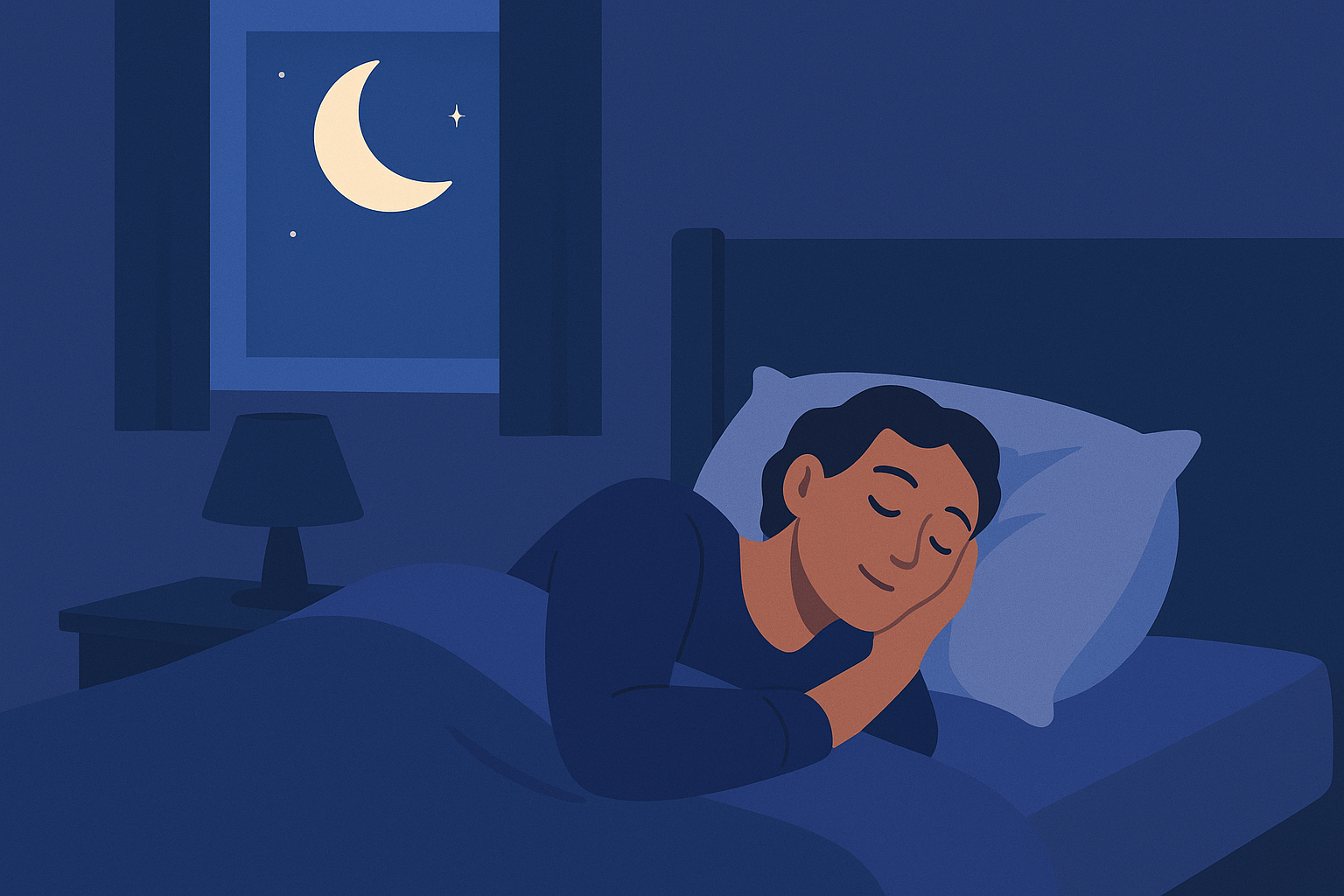
How HETKI Sauna Makes Cold Recovery Safer and More Effective
HETKI Sauna’s authentic Finnish sauna experience provides the ideal platform for implementing therapeutic cold recovery approaches safely and effectively. Their commitment to traditional Finnish sauna culture aligns perfectly with evidence-based wellness approaches, while their technology makes precise temperature and humidity control possible for safe recovery protocols.
When considering whether a sauna is good for cold recovery, the quality and design of your sauna matters significantly. HETKI’s attention to detail in creating authentic Finnish sauna experiences translates directly into better therapeutic outcomes.
When considering a dedicated wellness investment, exploring why a HETKI sauna belongs in your home reveals the long-term health benefits that extend far beyond cold recovery protocols.
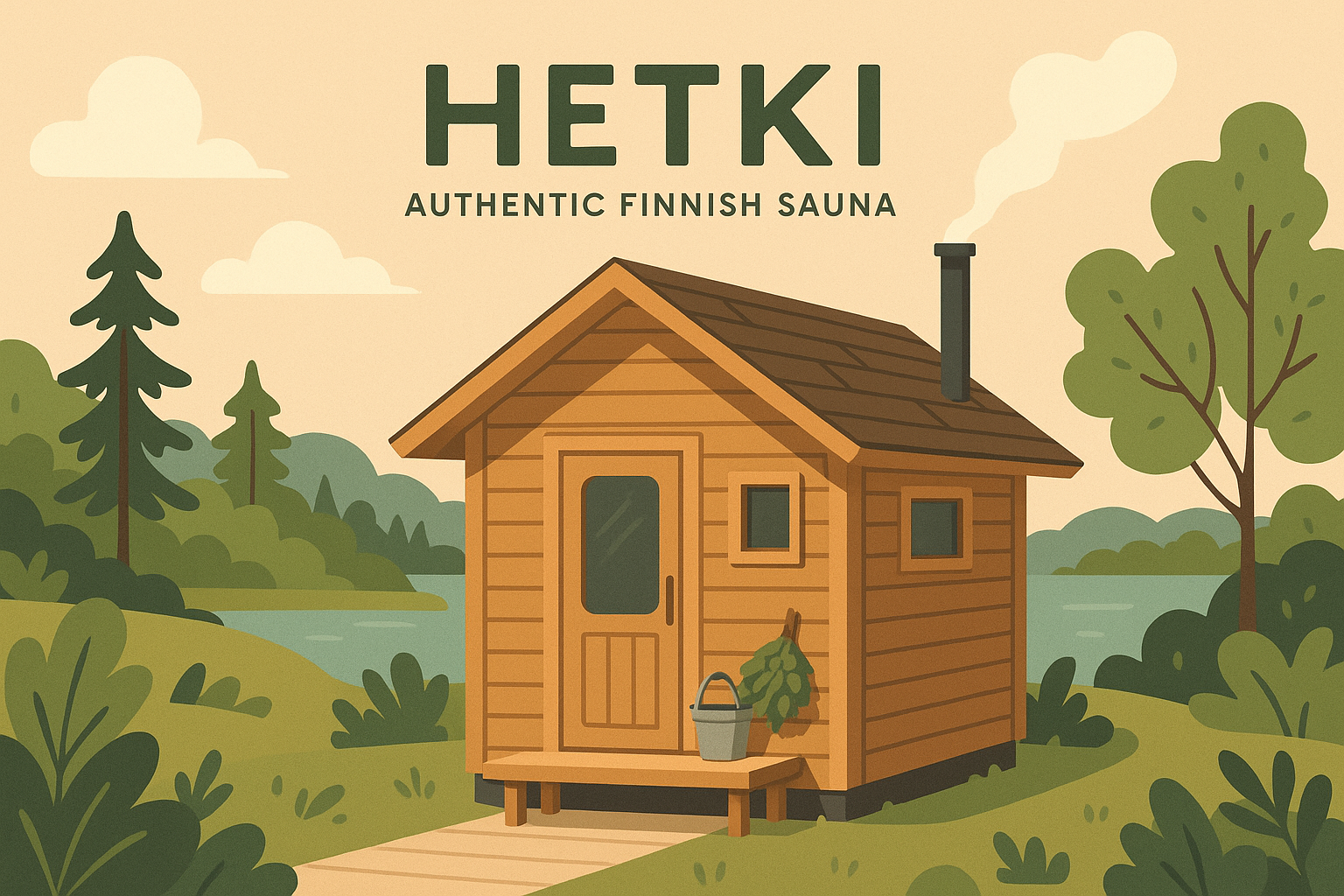
The precision temperature control in HETKI saunas allows me to implement my recovery protocols with confidence. I can maintain exactly 145°F during my comfort-focused sessions or gradually increase to 175°F during recovery phases without guesswork.
I ended up getting a decent home sauna because I was tired of driving to the gym while feeling terrible. If you’re thinking about it, just make sure you can control the temperature precisely – that part actually matters.
My HETKI Sauna Recovery Routine:
- Check temperature and hydration before starting
- Set sauna to appropriate temperature for whatever phase I’m in
- Prepare electrolyte drinks beforehand
- Plan 15-20 minute sessions with 5-minute cool-down breaks
- Actually listen to my body throughout the session
- Hydrate and rest after
- Track how I’m feeling and adjust next time
Ready to experience the therapeutic benefits of authentic Finnish sauna therapy for your next cold recovery? Explore HETKI’s customizable outdoor saunas and discover how proper sauna therapy can transform your approach to wellness and immune support.
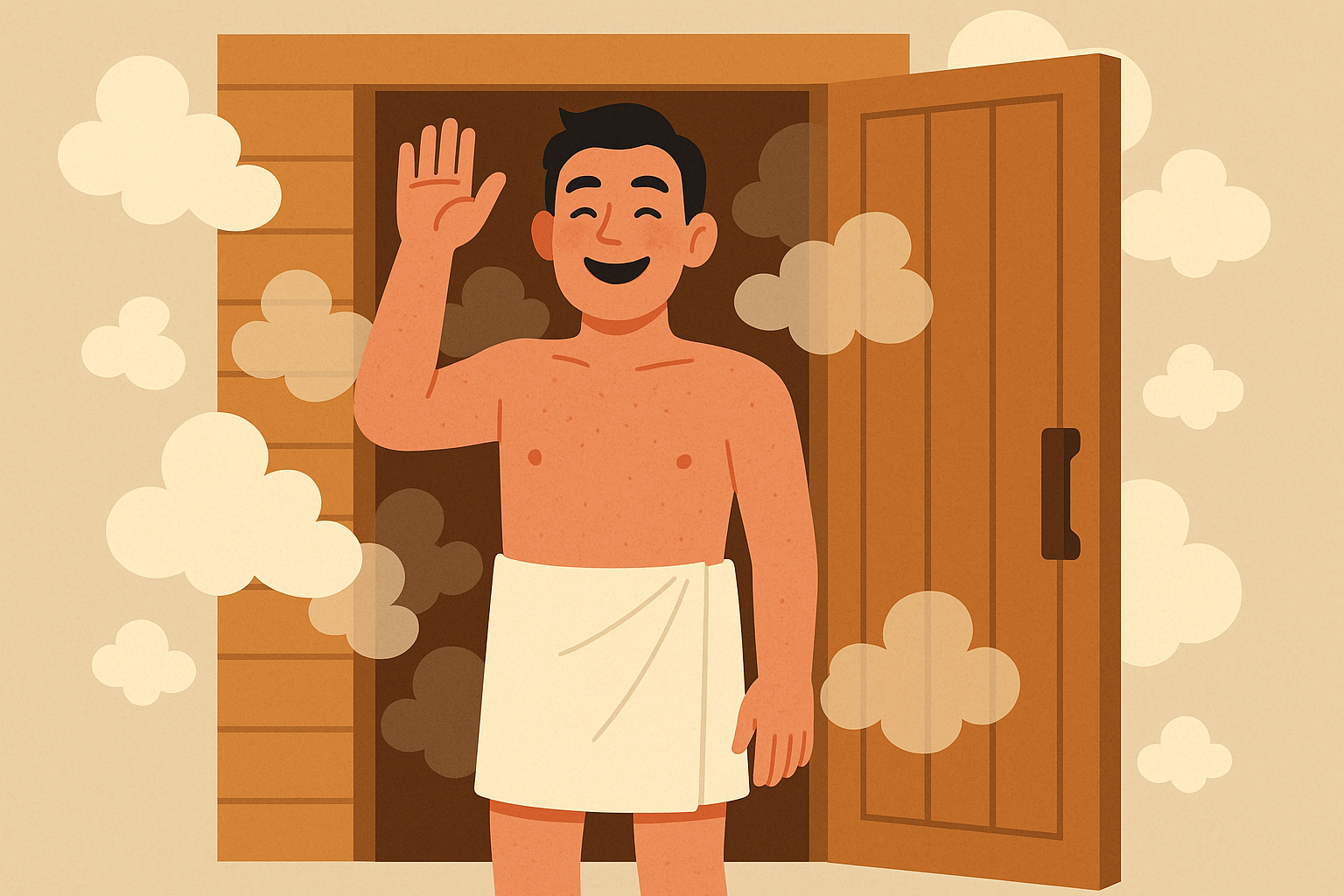
Final Thoughts
Here’s the bottom line: This worked for me, but I’m just one person. I still get colds, but they don’t knock me out for weeks anymore. Maybe it’s the sauna, maybe it’s luck, maybe it’s both.
Sauna therapy for cold recovery isn’t just about sweating it out – it’s about working intelligently with your body’s natural healing mechanisms. The key lies in understanding when to apply heat, how much to use, and most importantly, when to avoid it entirely.
I’ve learned that successful cold recovery through sauna therapy requires respect for your body’s current state, careful attention to hydration and temperature monitoring, and patience with the process. The science supports strategic heat therapy, but only when applied thoughtfully and safely.
Obviously, I’m not your doctor. If you’re really sick, go see a real medical professional. This is just what worked for one person who was tired of suffering through every cold season.
Remember, every cold is different, and every person responds differently to heat therapy. Start conservatively, listen to your body, and don’t hesitate to skip sessions if something doesn’t feel right. Your immune system is already working hard – the goal is to support it, not overwhelm it.
If you’re reading this while sick and desperate, I get it. But please don’t do anything stupid. Your mileage may vary – what worked for me might not work for you.


